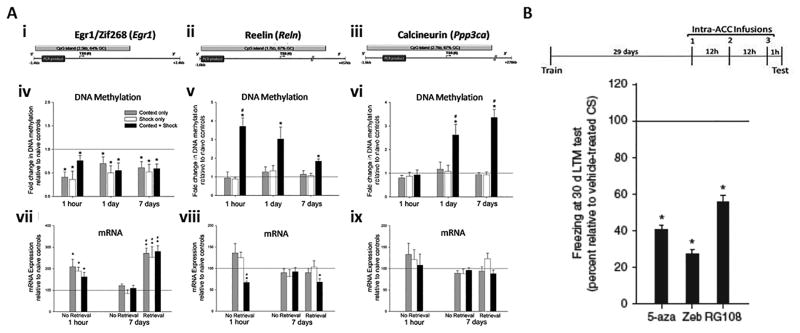Figure 4. Persisting changes in DNA methylation support long-term memory stabilization in the dorsomedial prefrontal cortex.
(A) Both DNA methylation and gene transcription change in the dmPFC, in a time-dependent fashion, following training for contextual fear conditioning. (i-iii), location of promoter CpG islands analyzed in mDIP assay for Egr1/Zif268 (i), reelin (ii) and calcineurin (iii). (iv) Relative to naïve controls, all treatment groups showed demethylation of Egr1/zif268 at all time points (1h: F(3, 18) = 22.99, P ≤ 0.001; 1 day: F(3, 19) = 14.99, P ≤ 0.001; and 7 days post-training: F(3, 25) = 15.50, P ≤ 0.001). * post hoc comparisons, P ≤ 0.001. (v) Relative to all treatment groups, reelin's promoter is hypermethylated in trained animals at all time points (1h: F(3, 18) = 29.05, P ≤ 0.001; 1 day: F(3, 19) = 6.63, P ≤ 0.005; and 7 days post-training: F(3, 25) = 10.58, P ≤ 0.001). * post hoc comparisons, P ≤ 0.05. 7 days post-training, reelin's hypermethylation is significantly less than at 1 hour (F(2, 20) = 6.36, P ≤ 0.01; #). (vi) Relative to all treatment groups, calcineurin's promoter is hypermethylated in trained animals 24 hours and 7 days post-training (1h: F(3, 18) = 0.27, P ≥ 0.05; 1 day: F(3, 19) = 5.73, P ≤ 0.01; and 7 days post-training: F(3, 25) = 33.52, P ≤ 0.001). * post hoc comparisons, P ≤ 0.05. 1 and 7 days post-training, calcineurin's hypermethylation is significantly greater than at 1 hour (F(2, 20) = 13.96, P ≤ 0.01; #). (vii) Egr1/zif268 transcript is elevated in all treatment groups 1 hour after training (relative to naïve controls—context: t4 = 3.11, shock: t4 = 5.10, context + shock: t4 = 3.02; * P ≤ 0.05) and following a retrieval test 7 days after training (relative to naïve controls—context: t4 = 6.95, shock: t4 = 3.12, context + shock: t6 = 6.59; * P ≤ 0.05) (relative to 7 day no retrieval groups—F(5, 27) = 11.97, # post hoc comparisons P ≤ 0.005). (viii) Relative to all treatment groups, reelin transcript is significantly lower in trained animals 1 hour after training (relative to naïve controls—t4 = -9.53, * P ≤ 0.005; relative to context and shock controls—F(2, 12) = 6.14, # P ≤ 0.05). Following a retrieval test 7 days after training, trained animals' reelin transcript is significantly lower than naïve controls (t6 = -4.00, * P ≤ 0.01). (ix) Calcineurin transcript is equivalent across all groups. N's = 4-8 animals per group. Figure and legend adapted from (Miller et al. 2010). Please see (Miller et al. 2010) for additional details.

